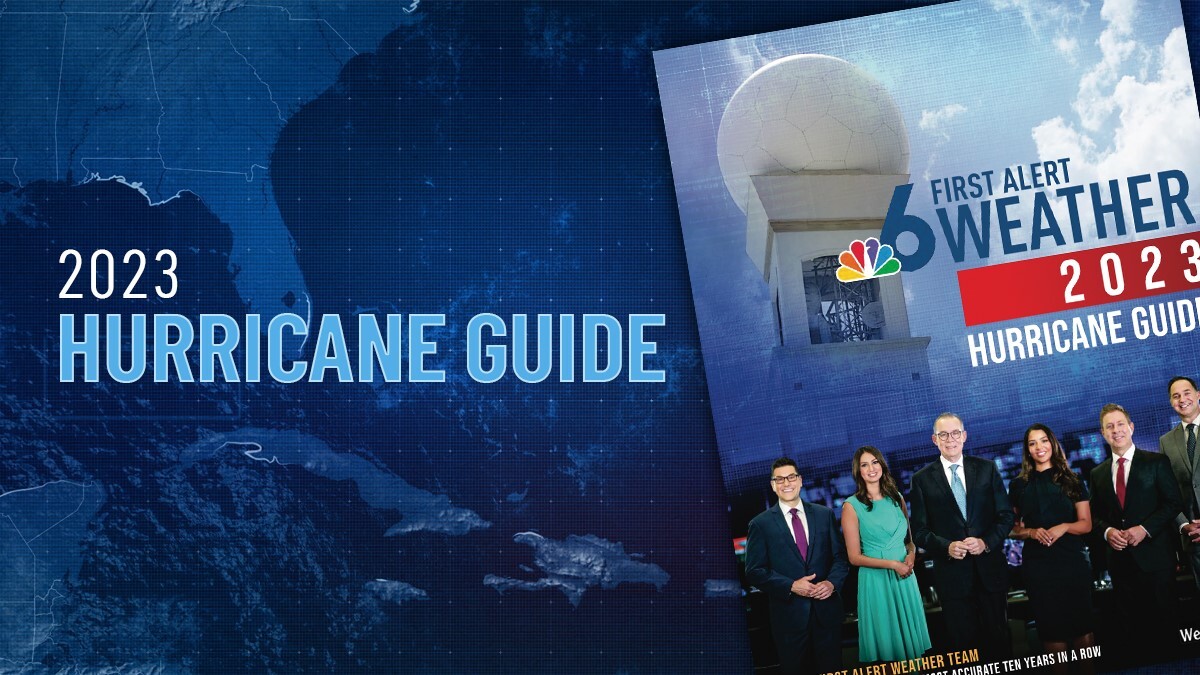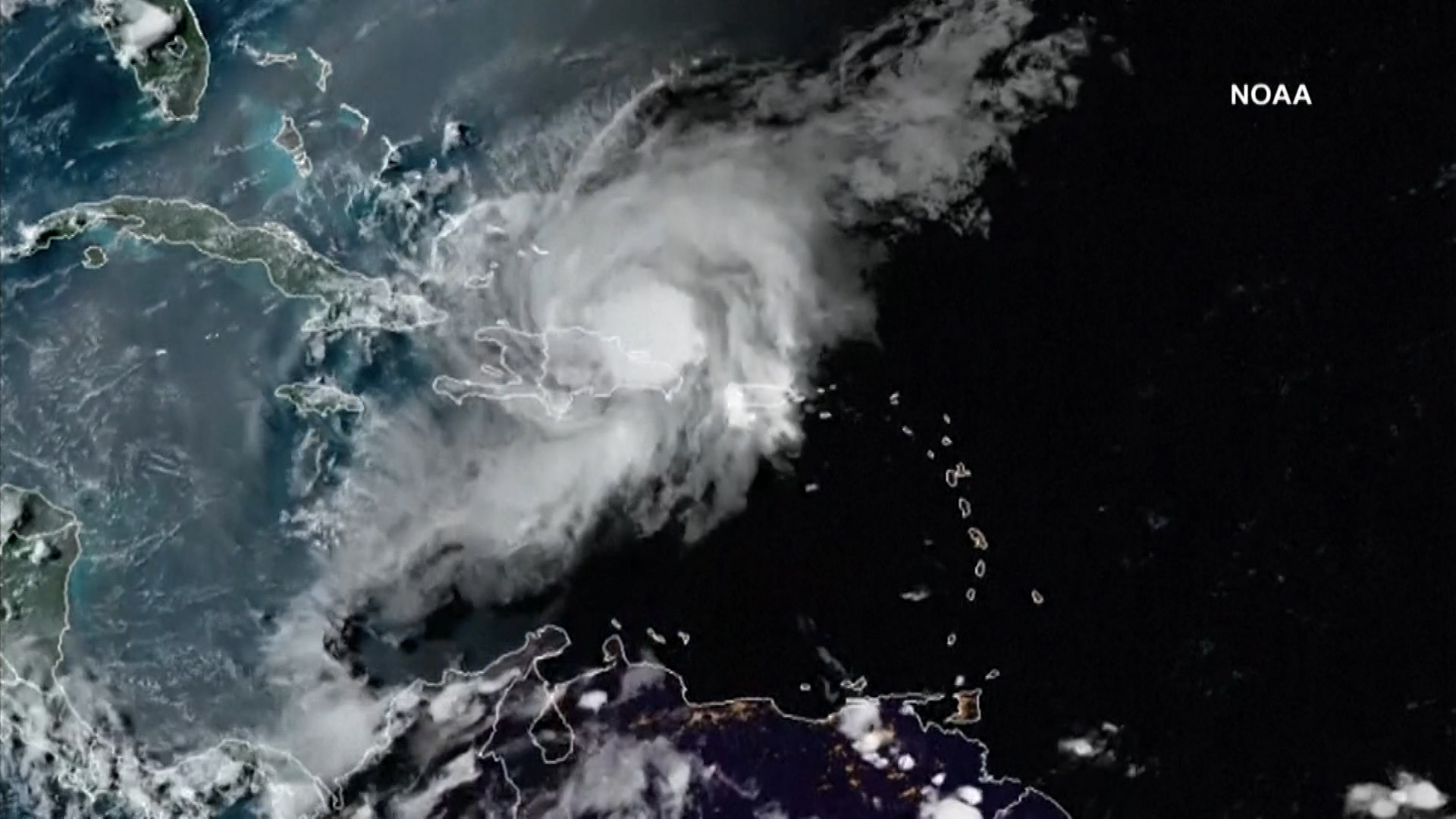It’s hard to write about hurricanes when it’s so darn hot. The heat sucks all the air out of the room — or at least out of my lungs whenever I step onto Miami’s streets. It’s dangerous heat, plain and simple.
Heat, of course, does play a role in hurricane development and strength. And it’s the main reason that Thursday’s updated seasonal forecast for the rest of the 2023 Atlantic season is, well, a barn burner.
In their updated outlook for the rest of the year, the National Oceanic and Atmospheric Administration (NOAA) doubled the chances for an above-normal hurricane season.
NOAA calculates that there’s now a 60% chance that we’ll end up with more tropical storms and hurricanes this year than average. Specifically, NOAA is calling for 14 to 21 named storms out of which six to 11 would reach hurricane strength. Alarmingly, up to five of those hurricanes could become category 3, 4 or 5 monsters, according to NOAA.
The Hurricane season is on. Our meteorologists are ready. Sign up for the NBC 6 Weather newsletter to get the latest forecast in your inbox.

In an average season, 14 tropical storms form, of which seven hurricanes emerge, three of them major with winds of 111 miles per hour or greater. NOAA is clearly taking the “over.”
The NOAA forecast is for the total number of 2023 storms and hurricanes — not in addition to what has already been observed. Five tropical or subtropical storms and one hurricane have already come and gone. Hurricane Don did not reach “major” status.
The Atlantic Ocean continues to be extra hot — we’ve all seen the headlines of 100-degree water in the Florida Keys. That’s certainly a concern because warm water fuels hurricanes.
The hotter-than-normal sea surface temperatures extend far and wide well beyond Florida and are “record-warm,” said Matthew Rosencrans, lead hurricane season forecaster with NOAA’s Climate Prediction Center.
2023 HURRICANE SEASON
With the El Niño already here and a 95% chance that it will continue through winter, we can all hope that the stronger westerly winds aloft that it normally produces across the Gulf of Mexico, Caribbean, and parts of the Main Development Region of the Atlantic Ocean will be present so as to limit the number and intensity of tropical systems. But according to NOAA, those hostile conditions for fledgling storms have been “slow to develop” and “may not be in place” for a good chunk of the remainder of the season.
It's been totally quiet in the Atlantic basin since Hurricane Don dissipated on July 24. There’s been a lot of sinking and stable air keeping tropical waves from strengthening. Despite the two-and-a-half week lull, the 2023 season is still running at 130% of normal of Accumulated Cyclone Energy (ACE) thanks to the very active early part of the season.
If NOAA and the other reputable seasonal forecasting entities’ outlooks are correct, over the next few weeks we will start to see a big ramp-up in tropical disturbances growing into storms and hurricanes.
So, enjoy the calm while it lasts. Review your hurricane action plans, supplies, and all-around readiness. And, for goodness’ sake, try to stay cool!
John Morales is NBC6's Hurricane Specialist.



